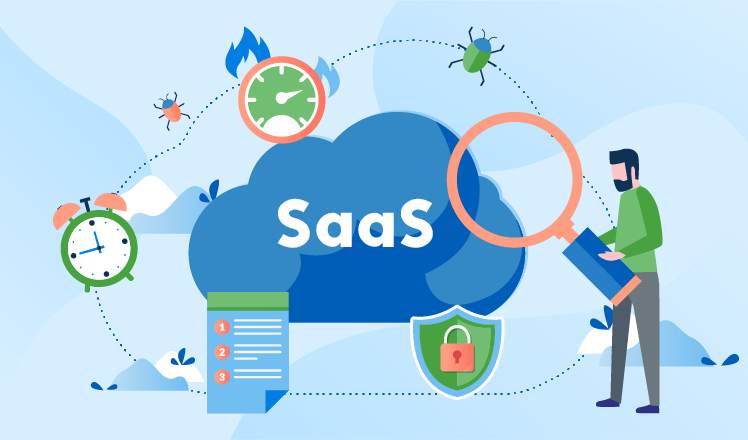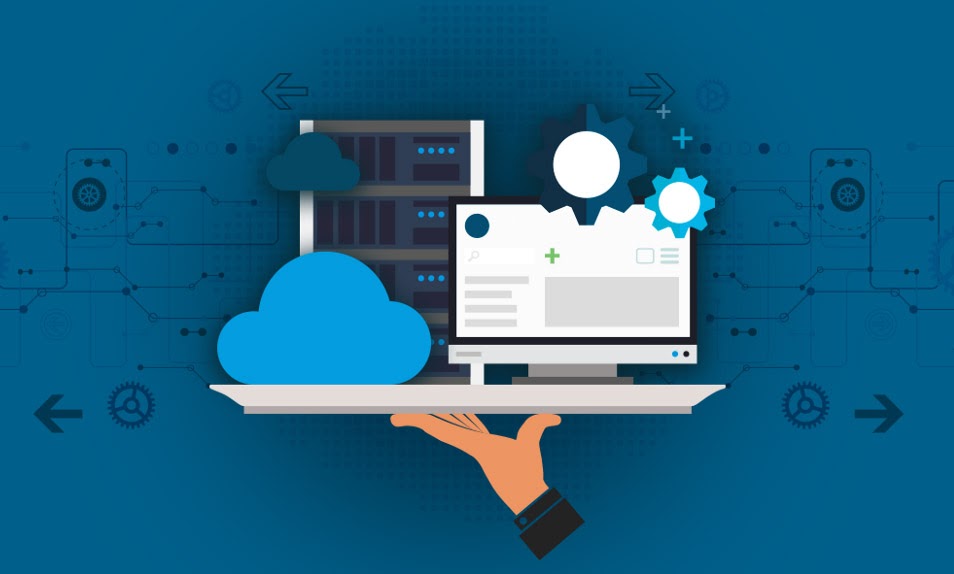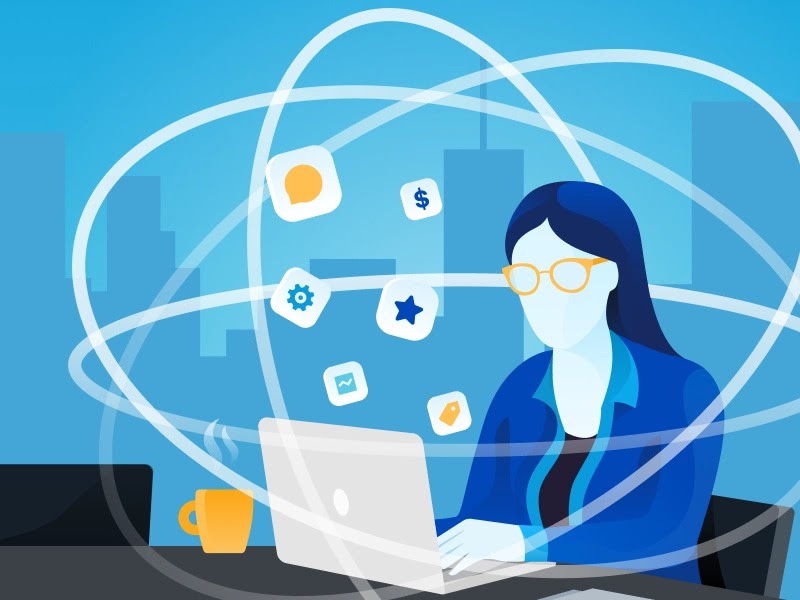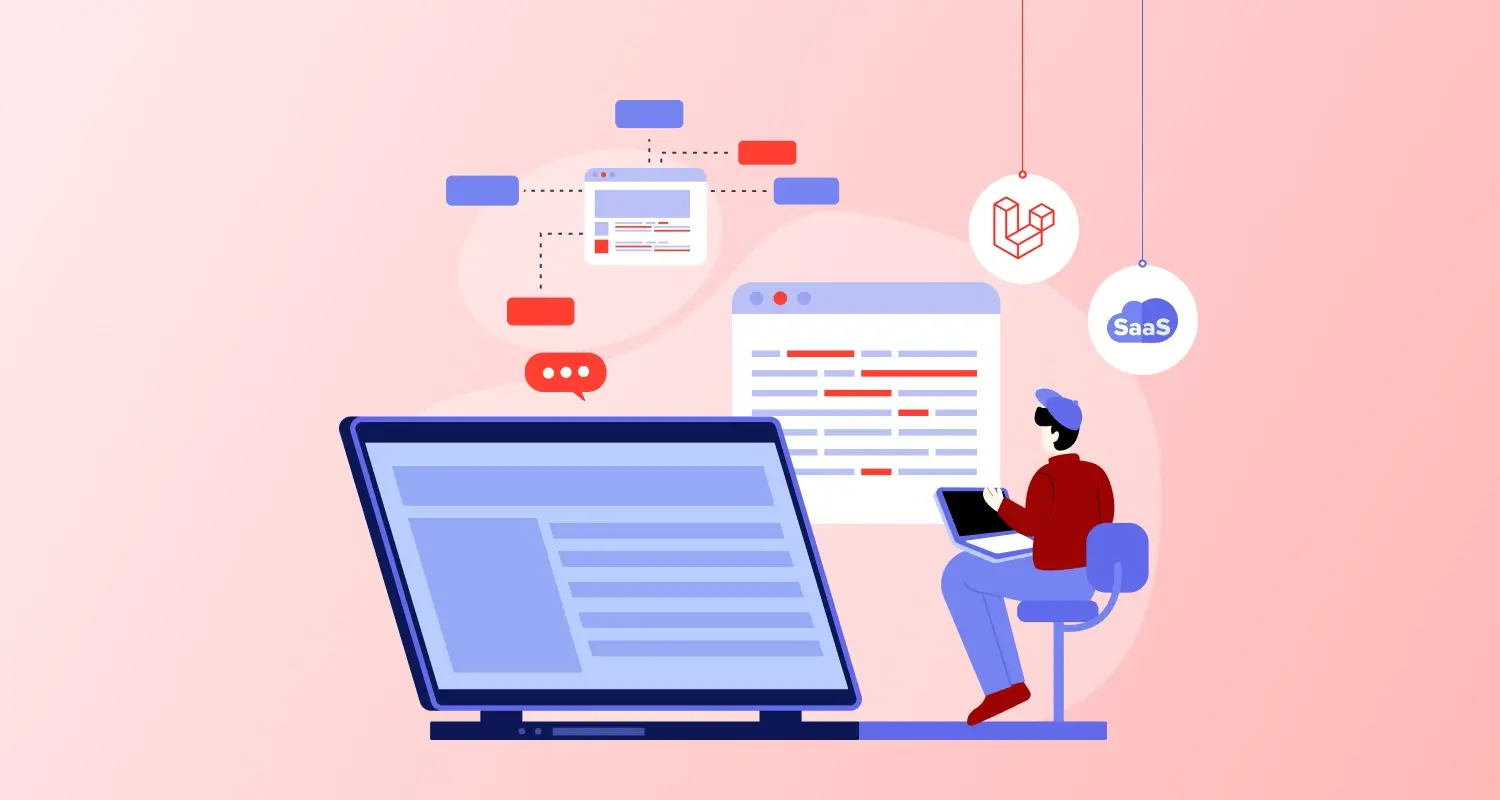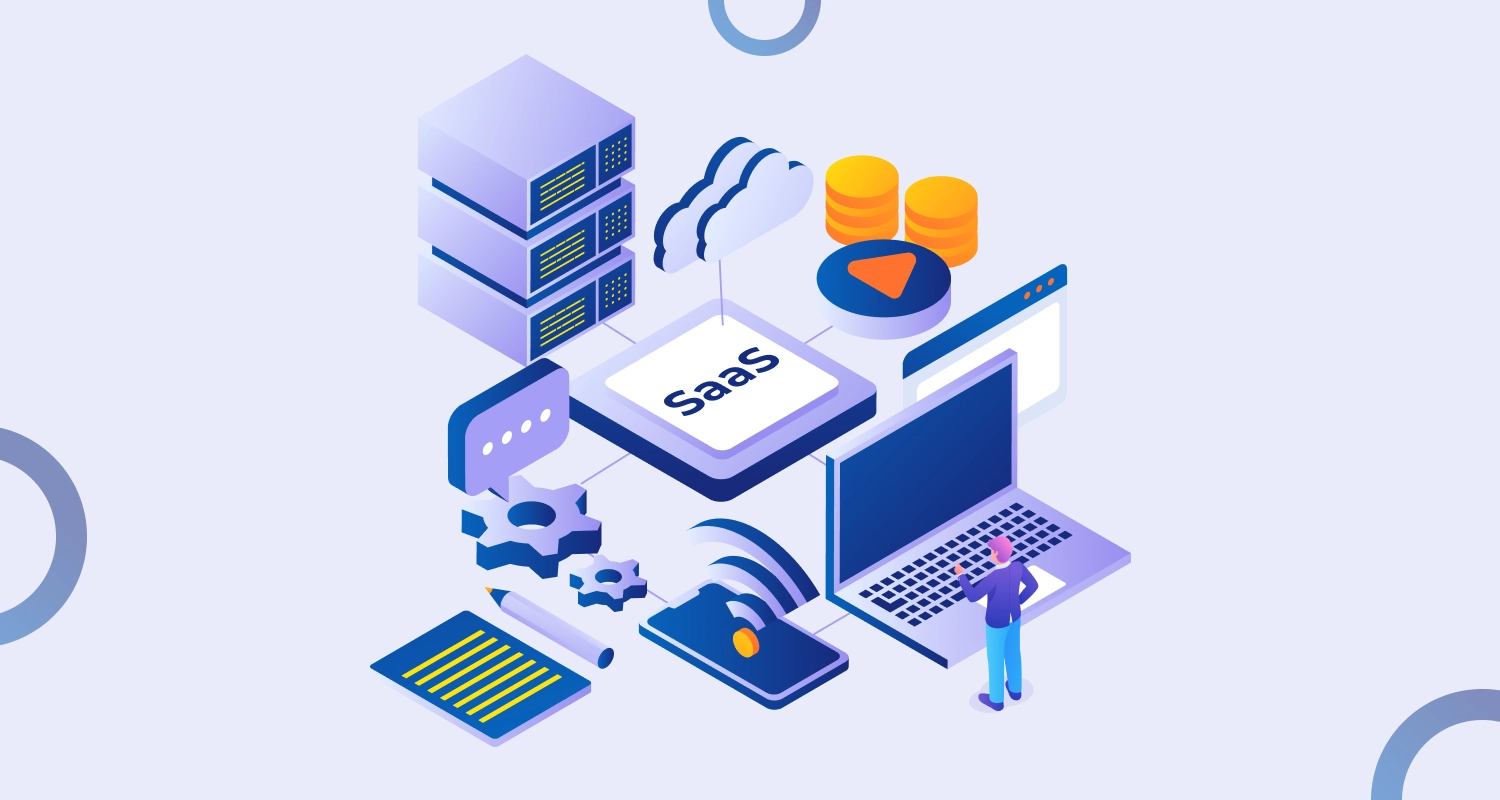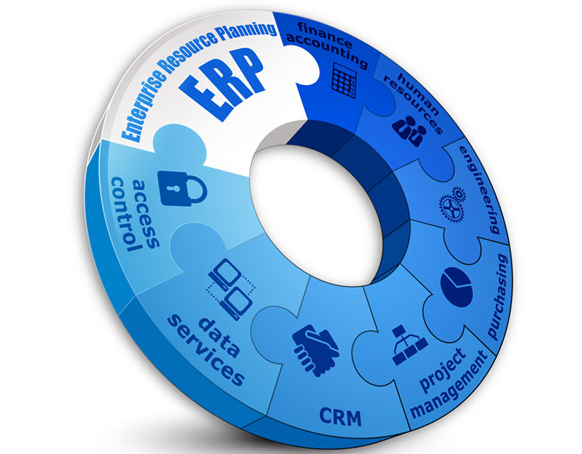The term SAAS implies “software as a service”. Users can utilize these software applications from independent third-party providers, live over the Internet, without installing them in their system. Some of such SAAS applications involve calendars, email, office applications, and picture editing tools, among many others. As a service (IaaS) and a platform (PaaS), the Saas application design tools form a part of the three categories in central computing.
The cloud computing models come in three variations that include –
1. SAAS (Software as a Service) – Third-party sources provide the software on the Internet.
2. IAAS (Infrastructure as a Service) – Cloud-based services that provide storage, virtualization and networking against payment.
3. PAAS (Platform as a Service) – Provides both tools – hardware and software, on the Internet.
The service provider will first host the software for the buyer before they deliver it to the actual online end-users after confirmation. The deployment of a SaaS service can save its users from unnecessary hassles in purchase, installation, maintenance, and updates. A simple internet connection can ensure swift access to the SaaS application.
Benefits of Saas App
Software as a Service or SAAS Applications come with different benefits as stated below.
1. A remote server from a third-party provider hosts the SAAS application.
2. The application lacks cross-platform compatibility issues.
3. Free from performance problems.
4. SAAS removes technical software problems.
5. It consists of a single or multitenant architecture.
6. Easily adjustable, observable and upgradable.
7. Customers pay utility fees for the use of the software.
8. The expenses can help provide maintenance, compliance and security.
9. Adaptable with multiple tiers of various businesses.
10. Online connectivity facilitates access from anywhere without the need for a computer.
SAAS App Flaws
The SAAS App also consists of some flaws like the ones below-
1. Internet instability can make users inaccessible to the application.
2. The presence of a third-party provider in the SAAS system can cause privacy problems from either side.
Read More: Best Practices For Securing SaaS Applications With Workflow Apps
The Functioning of the SAAS Model
The hosted software or SAAS application gets transmitted to several customers over cloud computing, irrespective of their location. The “one-to-many” model can help the system manage its functions beyond centralized sites. The web-based architecture removes the need to download and install applications on the computer. The maintenance and support will remain streamlined as the vendors tackle the technical problems in data, servers, middleware, and storage.
With the help of a device or computer that supports internet connectivity, users can have access to their data in the SAAS software since it is situated in the network of the service provider. The mobile app development company India can use this feature for users to access the application over their cell phones or smartphones.
Different firms can hire these productive apps like calendar, email, collaboration, document management, and complex business applications like ERP (Enterprise Resource Planning) or CRM (Customer Relationship Management) through their usage levels or via subscriptions. The SAAS business has multiple varieties of firms under its wings like – Microsoft Office 365, Google Apps, Amazon Web Services, HubSpot, DocuSign, and Salesforce.com were the earlier firms in the SaaS industry. The introduction of cloud technology has revolutionized and boosted the SaaS business market.
SaaS Application Architecture
A subscription offers a proper license on SaaS software that is hosted from a central server.
The SaaS provides access to a single configuration model of an app to several different users. The scalability support is provided to these apps through their installation on multiple machines. As a trial run, an alternate version of the application can help gain customers to access the latest version of the application before they are released into the market.
There are two kinds of SaaS variants available – the Horizontal SaaS and the Vertical SaaS.
The Horizontal SaaS deals with solutions for software categories like developer tools, sales and marketing tools, etc.
The Vertical SaaS can meet the requirements of a particular industry. They might help to build programs for industries like healthcare, retail, or logistics.
6 Suggestions to Develop Cloud-based SAAS Applications
SAAS application development can follow some of the procedures given below –
1. The SAAS application should possess unique features like data security, application protection, single sign-on, high availability, provision automation, elastic infrastructure, subscription-based billing, audit, multi-tenancy model, and Rate limiting/OoS. It is advisable to measure the startup expenses, scalability of the platform, and incoming profits as these variants have unique uses in different separate scenarios.
2. The use of a proper price strategy technique can help to either improve or ruin the web application. For instance, mobile devices offer free-of-cost applications with limited availability of core features. Once people begin to use these features and start to like them, they begin to grope for more. The additional features become available either through a single payment or through occasional monthly subscriptions.
3. Some of the appropriate SAAS application designs are made from popular programming languages like JavaScript(React, Angular, Vue.js), CSS, HTML, PostgreSQL, MySQL, Ruby, Laravel (PHP), Apache, and Nginx.
4. SaaS applications are flexible as they are easy to use with complete accessibilities. Its data silos help to cover the data and its processes for business purposes. The wide providence of SAAS (software as a service) foresees a significant rise in integration among vendors. Such system incorporation of the SAAS offers seamless access to personal data along with the privileges and perils that are in it.
5. SaaS platform development costs vary on several different features. One of the core features includes its integration capacity with multiple varying services. The budget plans include business nature, architecture, program coding, servers, application surveillance and care, promotion, and client support.
6. The charge rates of using a SAAS application also varies from one country to the other.
Dedicated SAAS Development Crew
Some of the SAAS developers bring certain significant advantages – like better customer support, system updates, and fresh new features to the application. Outsourcing firms can offer commercial prospects while they provide tailored suggestions that can meet the business requirements.
The Software As A Service or SAAS applications can be used across different devices. The cloud-based architecture removes the need for expensive hardware upgrades in processors. SAAS applications can also be used from portable mobile devices like smartphones or tablets. Software As A Service (SAAS) applications do not use the system memory as they need not be downloaded since they run online. SAAS software is also inexpensive as customers have to pay only for the services they use. The low maintenance cost helps to pay out for the security, usage, and maintenance of the system.



